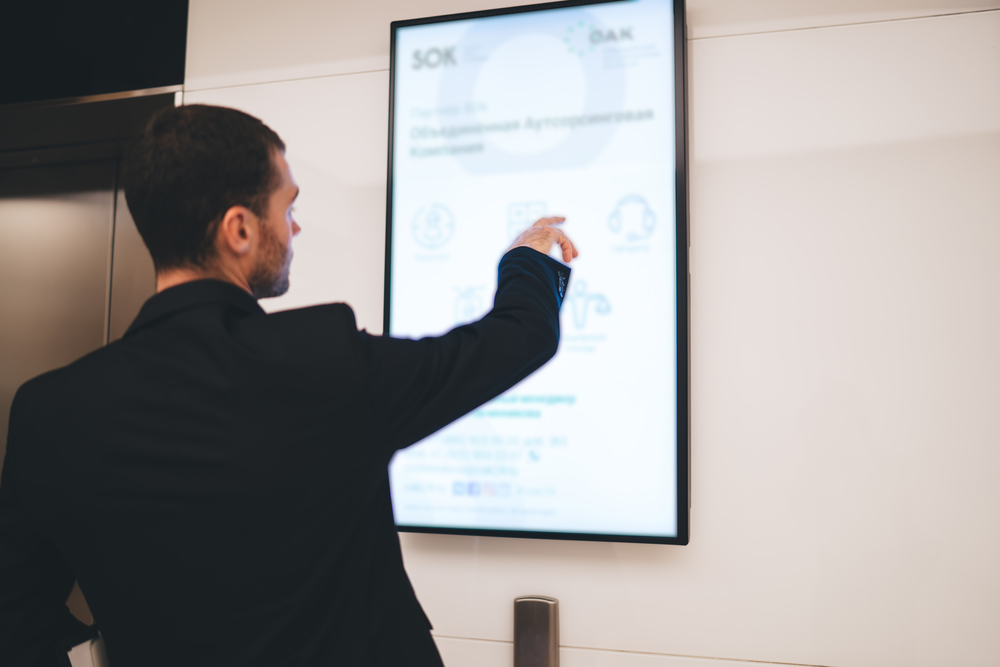Exactly How Test Presentations Enhance Your Disagreement and Convince Jurors
Test discussions function as a crucial device for boosting legal arguments and persuading jurors. By integrating visual aids, narrative structures, and psychological involvement, lawyers can develop an engaging situation that resonates on several levels. The calculated use visuals not just clears up complicated information however likewise captures jurors' attention more effectively than words alone. However, the art of storytelling plays an equally vital role in changing valid evidence into a compelling narrative, shaping jurors' perceptions - trial presentations. Comprehending these components can substantially affect test results, raising the inquiry of exactly how each component adds to this complex dynamic.

Relevance of Aesthetic Aids
Visual help play a vital function in enhancing the effectiveness of test discussions, as they can considerably increase target market interaction and retention of information. In the context of a test, where jurors are charged with processing facility info, aesthetic aids offer to simplify and clarify vital points. Graphes, charts, and images can share information and concepts that might otherwise bewilder or puzzle jurors, enabling an extra simple understanding of the proof provided.
Moreover, aesthetic aids help in maintaining juror interest throughout the proceedings. By damaging the monotony of spoken statement, these tools can stress vital arguments, making them much more remarkable. Efficient aesthetic aids can additionally evoke psychological responses, which can be essential in persuading jurors to straighten with the presenter's narrative.

Crafting Engaging Narratives
A compelling story is vital in trial presentations, as it offers as the backbone of efficient persuasion. It permits attorneys to weave together realities, evidence, and emotional aspects right into a coherent tale that reverberates with jurors. This narrative structure allows jurors to recognize the complexities of the situation while leading them through the attorney's disagreement.
To craft an engaging narrative, attorneys must focus on clarity and coherence. This entails establishing a clear lead character-- often the client-- and describing their trip via the occasions concerned. Providing the realities in a logical sequence improves understanding and keeps involvement. Additionally, using vivid descriptions can produce psychological photos that help jurors imagine the events, making the narrative a lot more remarkable.
Furthermore, incorporating vital styles throughout the discussion enhances the core message and help in retention - trial presentations. The story must not only communicate information but likewise evoke a sense of justice, highlighting the stakes entailed. Inevitably, a well-constructed narrative fosters a link in between the jurors and the instance, positioning the attorney's argument as both reputable and compelling, therefore raising the chance of a desirable decision

Involving the Jury Psychologically
Efficient jury involvement hinges on the lawyer's capability to link with jurors on an emotional degree. This connection can significantly influence jurors' perceptions and their best decision-making. Using sob stories allows attorneys to humanize the case, transforming abstract lawful ideas right into advice relatable experiences. By providing real-life stories or testimonies, attorneys can stimulate compassion and empathy, cultivating a deeper understanding of the concerns at stake.
Visual help, such as photographs or video clips, can better improve psychological engagement, offering jurors with dazzling representations of the situation's human components. Crafting a narrative that highlights the struggles and accomplishments of the people involved makes sure that jurors see past the legal disagreements and identify the human consequences of their decisions.
In addition, tone and body movement play a crucial function in communicating feeling. A lawyer's passionate delivery can resonate with jurors, enhancing their psychological investment in the case. It's necessary to stabilize emotional allures with accurate evidence, ensuring that jurors feel urged to act while continuing to be grounded in the fact. Inevitably, an emotionally involved court is extra most likely to be persuaded, making psychological link an important part of effective test presentations.
Structuring Your Presentation

The body of the presentation ought to be practically fractional right into essential points, each sustained by compelling proof. It is valuable to utilize narration strategies to weave truths into a story that jurors can easily adhere to. Aesthetic aids, such as graphes and videos, can boost comprehension and engagement, assisting to highlight vital pieces of proof.
Real-World Study
Examining real-world study gives indispensable insights into the art of test presentations and persuasion. For example, the landmark instance of "O.J. Simpson v. Individuals of The golden state" illustrates just how visual help and compelling stories can sway jury assumptions. The defense group efficiently used a technique that incorporated high-profile professional testaments with multimedia presentations, which mesmerized jurors and inevitably influenced their decision.
Another significant instance is the "McDonald's Coffee Instance," where the complainant's attorneys utilized graphic pictures of the injuries endured by Stella Liebeck. trial presentations. This raw visual evidence played a critical duty in conveying the severity of her burns, resulting in a considerable jury award. Such situations show that impactful test discussions usually depend upon the effective integration of visuals and storytelling to evoke emotional actions from jurors
Moreover, the "Casey Anthony Test" highlighted the value of narrative more helpful hints comprehensibility and credibility. The prosecution's failure to establish a compelling timeline lessened their persuasive power, emphasizing the need of a well-structured discussion. Examining these situations exposes that effective test discussions need calculated planning, emotional engagement, and the ability to reverberate with jurors' worths and ideas.
Final Thought
Test presentations substantially improve debates and convince jurors with the critical use visual help, engaging stories, and emotional interaction. By simplifying complex information and fostering links with the target market, these aspects create a remarkable and impactful experience. A well-structured discussion equilibriums emotional allures with accurate evidence, ultimately reverberating with jurors' values. The integration of these strategies not just influences decision-making but also emphasizes the value of efficient communication in the court room.